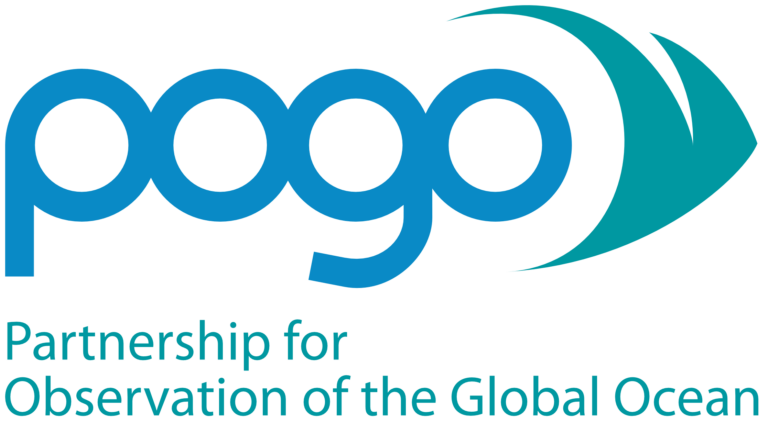Overview
While our understanding about the causes, impacts, duration and extension of MHWs has increased significantly during the last 10 years, this information has largely come from large scale studies of the global or regional oceans.
The implications of MHWs on the inner continental shelf are much less understood, despite the ecological importance and the relevance of this zone for the global economy. Therefore, field observations combined with high resolution models and remote sensing products are more appropriated to study the impact of MHWs at the land-sea interface.
Coastal impact of MHWs include harmful algal blooms but they also affect the physiology of some coastal species, including reproduction, growth rate and resistance to diseases. On the other hand, ecological effects may include changes in aquatic metabolism (i.e., production and respiration), predator-prey interactions, shifts in community composition to heat tolerant organisms, and increased spatial distribution and competition with exotic species.
To gain insight into the coastal response to MHWs, this group proposes a multidisciplinary approach, combining coastal ecology with in-situ observations, remote sensing, and high-resolution coastal modelling. The geographic intercomparison will contribute to a better understanding of MHWs on coastal areas and the potential implications under climate change scenarios.



